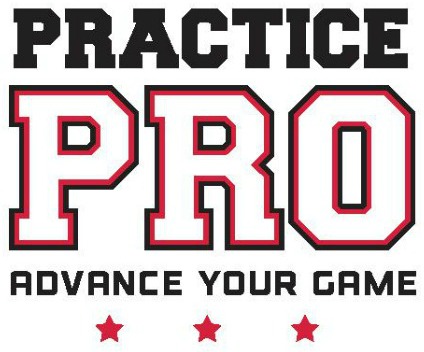7 Things About Recruiting Videos You’ll Kick Yourself for Not Knowing
/If you're an 8th or 9th grader playing in summer travel tournaments, you're not alone in thinking, "Is this where recruiting starts?" This is the time of year when college coaches are out scouting and recruiting companies are working hard to connect with athletes. If you’ve recently handed over your email at a showcase or tournament, you may have already gotten a call from a company like NCSA (Next College Student Athlete).
These companies exist to help athletes get seen by college coaches. They are often made up of former collegiate athletes—sometimes people who’ve coached you or trained you in lessons. But when they call, it might catch you off guard. Maybe college softball hasn’t even crossed your mind yet—aside from those Practice Pro mental game sessions where we ask you to dream big and imagine what’s possible.
Suddenly, it might feel like everyone else is doing something you’re not.
So how serious is this? Do you really need a recruiting profile and a professional video right now?
To help make sense of it all, I asked Coach Erica Hanrahan—a 14-year NCAA coaching veteran—for her honest perspective.
Do players need recruiting videos?
No—but most coaches will ask for one, especially if they haven’t seen you play in person or you didn’t get much playing time. A video is a huge plus. If I had a daughter, we’d absolutely do one—and do it professionally.
Do most of the players you recruit have videos? Do you actually watch them?
About 90% of the players I recruited had videos. And honestly, half of them wouldn’t have gotten an invite to camp or a response from me if they didn’t.
Do they need to be professionally done?
Not all are, but professional quality helps. If the video is clean and well put together, it shows that the family understands how serious the recruiting process is.
How long should a recruiting video be?
Three minutes, maybe four tops. Coaches are busy and don’t need fluff.
What should be in a good video?
Start with your biggest strength—pitching, hitting, fielding—whatever makes you stand out. Only include things like bunting, running, or sliding if they’re truly strong points in your game. Make sure hitting clips include side views (for mechanics) and back views (to show ball flight).
So when is the “right” time to get your recruiting materials together?
Top DI programs may start watching players as early as 8th or 9th grade
Mid-major DI: by sophomore year
Lower D1 and D2: ideally junior year
D3: some watch videos into senior year, but many coaches (like the one I spoke to) are done by early fall
If your travel program is focused on college exposure, they’ll likely bring in someone from NCSA or a similar group to talk about the recruiting process. That’s helpful—because this stuff isn’t common sense. The NCAA has strict rules about who can contact who and when. One small misstep can put a coach in violation or reflect poorly on you.
Even the most talented players have to put in work to get recruited. Coaches get hundreds—sometimes thousands—of emails each week. They don’t have time to hunt down every athlete who might be a fit. If you want to stand out, you have to be proactive, informed, and ready to take the lead.


